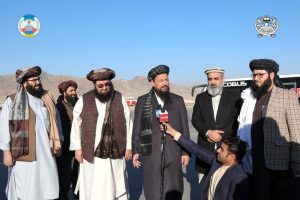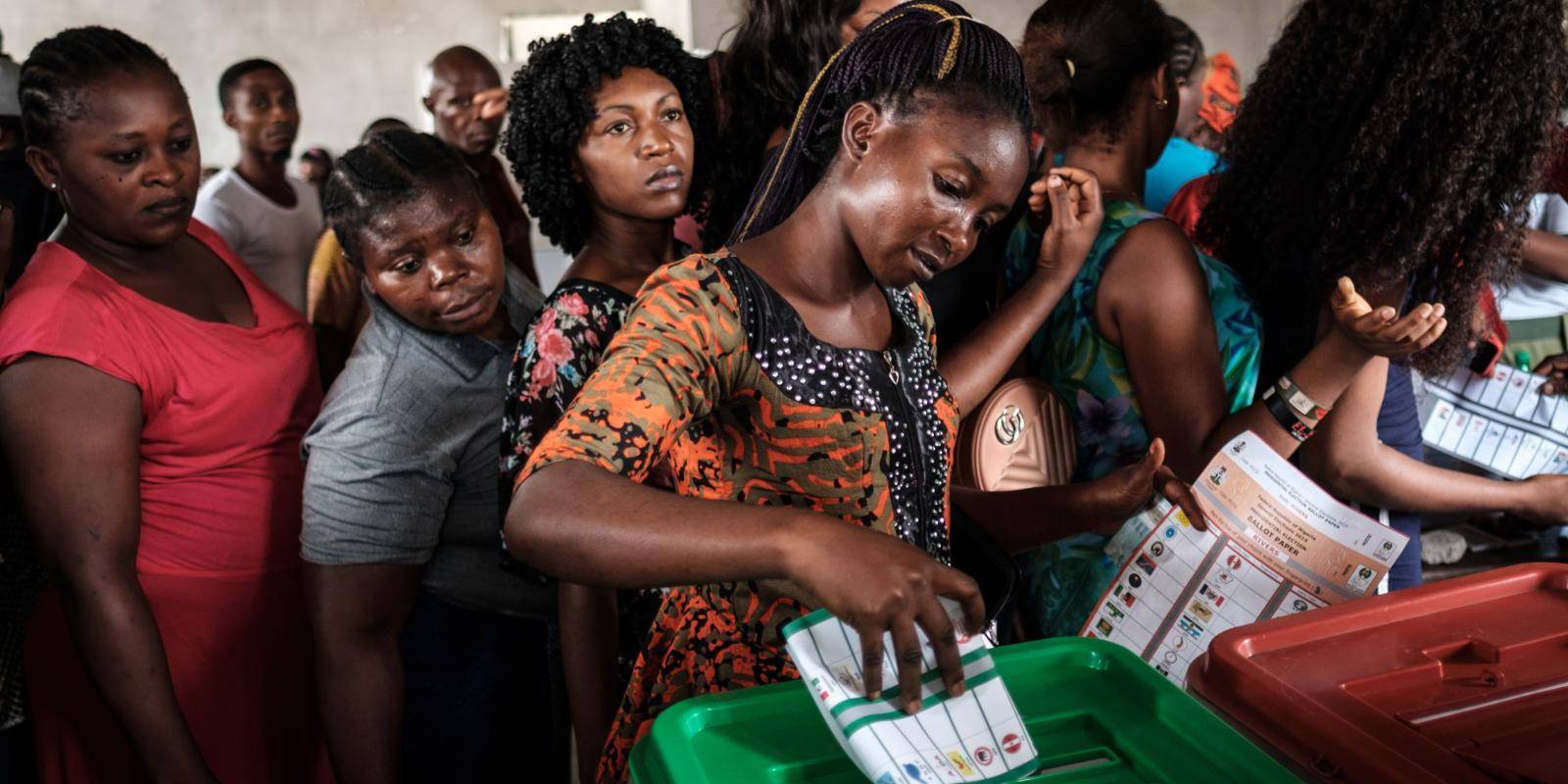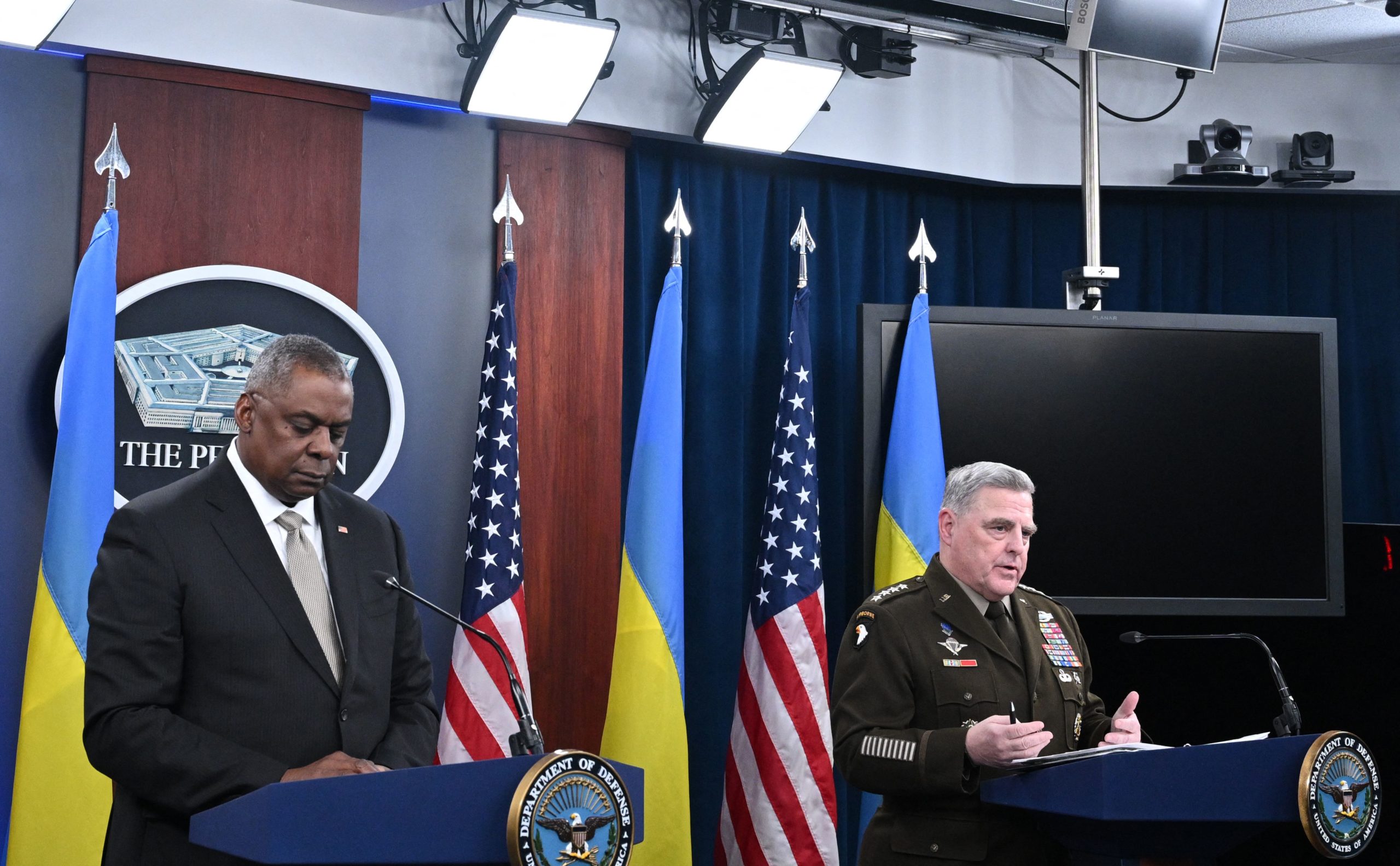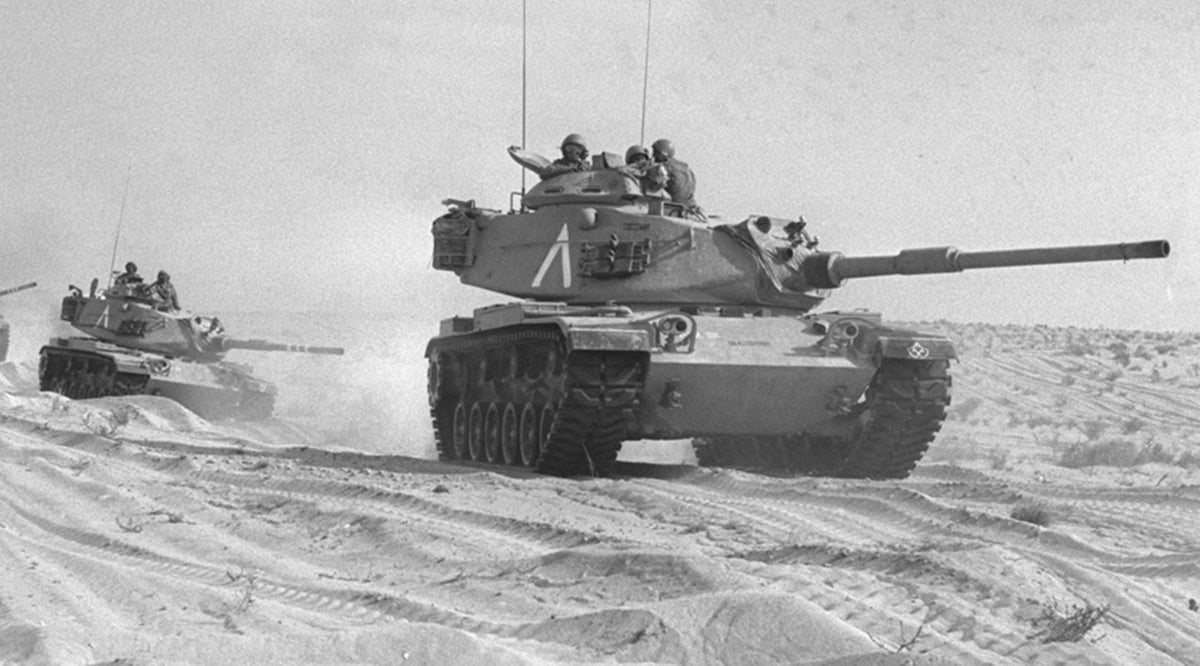Ajai Shukla

NEW DELHI — On a freezing December day on a remote Himalayan mountain ridge, Indian and Chinese soldiers fought with sticks, stones, clubs and bare fists. Scores were bloodied and injured. The incident, according to the Indian authorities, occurred on Dec. 9, when about 300 soldiers from the People’s Liberation Army of China attempted to occupy Yangtse, a mountainous border post on the disputed India-China border in the Tawang area in northeastern India.
Soldiers from China and India, nuclear-armed Asian neighbors, have been clashing on their disputed border with an alarming frequency owing to the rise of aggressive nationalisms in President Xi Jinping’s China and Prime Minister Narendra Modi’s India. Insecurity is also growing in New Delhi and Beijing over intensified construction of border infrastructure by both countries. And mutual suspicion is deepening as China contemplates the increasing strategic cooperation between the United States and India as competition and conflict between Washington and Beijing intensifies.
China and India share a disputed 2,100-mile border, which has neither been settled on a map nor marked on its difficult mountainous and glacial terrain. Broadly, it runs between China’s Tibet Autonomous Region and the Indian states of Arunachal Pradesh in the northeast, Himachal Pradesh and Uttarakhand, and the federally administered territory of Ladakh in the north. Neither the colonial British authorities nor the leaders of independent India were able to agree on the detailed alignment of a border with China.




:quality(70)/cloudfront-eu-central-1.images.arcpublishing.com/thenational/ELYYT2QLGREXZDVFHF4KAL26EI.jpg)







:quality(100)/cloudfront-us-east-1.images.arcpublishing.com/thesummit/TVLB4HSSDVFQ3NKHAQU3IJO2OY.jpg)






